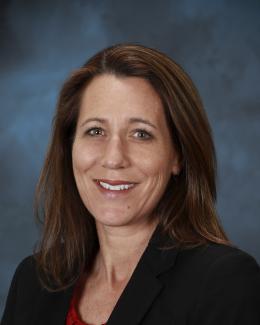Abstract
The ability to understand where, when, and why humans move across space and time has always been essential to research areas such as urban planning, transportation, population dynamics, and emergency preparedness and response. The increasing sources of activity data is generating novel opportunities to understand human dynamics that previously was not possible; Geo-located user generated content from mobile devices and sensors allow a level of spatial and temporal granularity that could possibly answer the reasons for human movement at a high-resolution. This work discusses a broad array of research agenda in human dynamics and land use by proposing an explicit model that assists in delineating and articulating the opportunities, challenges, and limitations of using new forms of unauthoritated data, such as social media in main-stream GIS research. We study mobile phone call volume and GPS locations to characterize human activity patterns and provide inference on land use. Later, we demonstrate the ability of geo-located social media posts to provide insight on population density estimates for special events and Points of Interest detection. The chapter underpins the need to utilize new forms of data collection mechanism as well as their use to augment our understanding of human dynamics research and future application of geographical information systems.







